Steps to Prevent Kidney Stones
By Dr. Ashraf Girgis N.D.
Page Update 01.14.2019
Kidney stones (nephrolithiasis) are very painful and difficult to go through. In the United States, 10% of men develop kidney stones once in their lifetime. One in every 1000 hospitalizations in the United States is because of kidney stones. Kidney stones are even more common among white men above the age of thirty. Dietary, environmental, and genetic factors are the reasons behind kidney stones According to research published by the European Molecular Biology Organization, a gene called claudin-14 recently has been linked to a substantial increase in risk — roughly 65 percent — of getting kidney stones. In the new study, the researchers have shown how alterations in the gene’s activity influence the development of stones. Dr. Jianghui Hou, PhD (assistant professor of medicine from Washington School of Medicine in St. Louis) and his team have found that claudin-14 blocks calcium from entering passageways-- called tight junctions in cells--that line the kidney and separate blood from urine. Without a way back to the bloodstream, excess calcium goes into the urine.
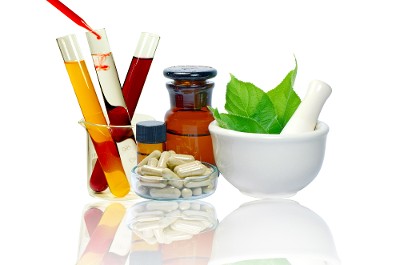
|
Without a way back to the bloodstream, excess calcium goes into the urine.
Too much calcium in urine can lead to stone formations in the kidneys or bladder. This results in intense pain when the stone gets stuck in the bladder, ureter, or urethra and blocks urine flow.
There has been an increase in the number of people affected by kidney stones in 21st century vs. the 20th century, especially in the United States, Iran, and Japan. This is mostly due to a diet high in fat, white flour, simple sugars, animal and dairy products, and very little fiber.
There are several types of kidney stones. Calcium salts, especially oxalate types, make up 80% of kidney stones. Some kidney stones are made up of calcium phosphate, struvite (magnesium ammonium phosphate), Cysteine (an amino acid), or uric acid.
Steps to prevent Kidney stones:
• Drink a lot of fluids. Being well hydrated prevents formation of kidney stones. According to Columbia orology, the suggestion is to drink at least 64 ounces (8 cups) of water a day. This also decreases the risk of urinary infections that can lead to stone formations. Try adding lemon to your water as well; it contains citric acid, which seems to prevent stone formation. In a study published in Oct 2008 by Pub Med, the investigators (Aras B et al) concluded, “We suggest that lemon juice can be an alternative in the treatment of urinary calcium stones in patients with hypocitraturia. Additionally, dietary recommendations can increase effectiveness of the treatment”.
|
 |
|
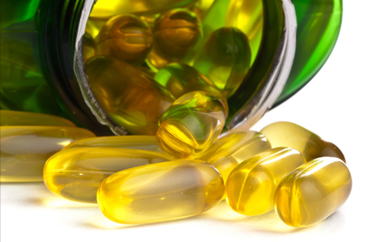
|
2.Vitamin B6 and magnesium.
In several studies, including one at Harvard School of Medicine, the combination of Vitamin B6 (pyridoxine) and magnesium has shown to be effective in providing changes in urinary excretion of lithogenic (stone-forming) and inhibitory components. One study assessed 149 patients who had at least one stone a year for a period of 5 years. The patients were given 10 mg of B6 and 300 mg of Magnesium Oxide. In the next 4 ½ years, only 11% of the participants developed stones (J Urol 112:509-12,1974). Natural sources of vitamin B6 are whole grains, meat, fish, avocado, peanuts, watermelon, plantains, bananas, brewer’s yeast, and potatoes (with skin). High doses of B6 (500-2000mg) can cause nerve damage.
|
|
3.Uva ursi(bearberry),
leaves of bearberry, has several important factors that can reduce the occurrences of kidney stone formation. Uva Ursi decreases the acidity of urine. Acidic urine is a major contributing factor in the formation of kidney stones. Because leaves of uva ursi contain tannins, they prevent the urine from becoming acidic, therefore preventing formation of the stone. Another reason is the anti-lithic (anti stone-forming) properties of uva ursi that prevent crystallization and formation of stones in the bladder. In addition, uva ursi has a diuretic effect, therefore pushing forward urine and preventing it from becoming stagnant and forming crystalloids. Patients who have liver diseases need to cautious in using uva ursi and check with their health care practitioner, as uva ursi has chemicals that can be toxic for the liver.
|
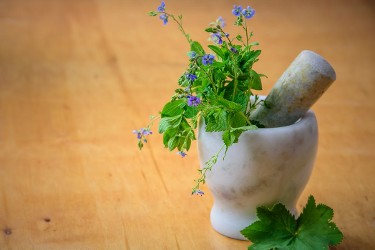 |
 |
4.In general, a change in diet and lifestyle;
is very important. Diets rich in fiber have shown to be beneficial for people with kidney stones. A compound called phytate (a saturated cyclic acid, the principal storage form of phosphorus in many plant tissues) is also helpful. Phytate seems to prevent crystallization of calcium salts. Phytate can be found in rice bran, wheat, and the legume family (peas, beans). Soybeans, part of the legume family, are rich in phyate but also Oxalates. Thus, its overall use in kidney stone treatment has not yet been established.
|
|
5.Another one to avoid is food that contains high amounts of purine.
These foods contribute to an increase in uric acid, and high uric acid is a risk factor for kidney stones. Purines are metabolized in to uric acid, and high uric acid accumulation can form crystals.Foods that are high in purine are the organ meats like liver and kidney. In addition, it can be found in anchovies, sardines, gravies, sweetbreads and grains.
|
 |
 |
6.Drinking alcohol. In West Germany, the rise of kidney stones seemed to correlate with the rise of alcohol consumption (Vahlensieck W et al). According to Fellstrom B et at (published 1984), patients with urinary stones consumed almost twice as much alcohol as healthy control groups. It is important to understand that alcohol consumption has a negative affect on vitamins, especially those in the vitamin B family. In addition, alcohol can contribute to dehydration, which, as stated above, can lead to kidney stones.
|
|
7. Drinking coffee,
is discouraged as well. According to some studies, it can increase urinary calcium excretion, therefore forming kidney stones.
Some studies indicated that individuals eating the recommended amount of dietary calcium (naturally found in milk, cheese, and yogurt) have a lower chance of stone recurrence than those who eat a low-calcium diet. However, in some cases when there is difficulty absorbing calcium from the intestinal wall due to genetic factors, people should limit their intake. More studies are required to clarify the role of calcium in preventing kidney stones.
|
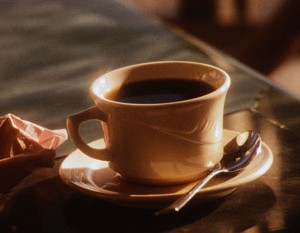 |
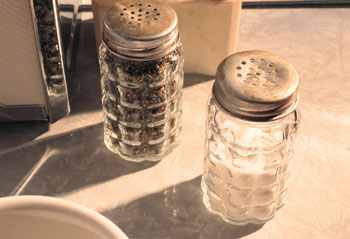 |
8.Sugar and salt,
should be consumed in moderation. A study by
researchers from Brigham Women's Hospital in Boston warns that sugary beverages may come with varying benefits and risks. They followed 194,000 people, and found out people that who consume one or more servings of sugar-sweetened soda daily had a 23 percent higher risk for kidney stones compared to those who only consumed soda once a week.
Thanks for visiting our website. This information is provided to increase your knowledge; please make sure to consult your doctor before following any of our suggestions.
|
|
Thanks for visiting www.curenaturally.org. For organizing a talk by Dr. Girgis please call curenaturally.org. If interested in buying books for your organization or have any other issues, feel free to leave a message for Dr. Girgis at 616-777-0608 or email her directly at contactcurenaturally@gmail.com.
References,
1.Aras, B. "Can Lemon Juice Be an Alternative to Potassium Citrate in the Treatment of Urinary Calcium Stones in Patients with Hypocitraturia?" Can Lemon Juice Be an Alternative to Potassium Citrate in the Treatment of Urinary Calcium Stones in Patients with Hypocitraturia? N.p., Dec. 2008. Web. 01 Jan. 2016.
2."Effective Natural Remedies For Kidney Stones." Natural Remedies For Kidney Stones RSS. N.p., n.d. Web. 31 Jan. 2016.
3."Kidney Stones." University of Maryland Medical Center. UMMC, 27 Aug. 2012. Web. 31 Jan. 2016.
4."Non-invasive, Natural Remedies, and Prevention - Columbia Urology." Non-invasive, Natural Remedies, and Prevention - Columbia Urology. N.p., n.d. Web. 31 Jan. 2016.
5."What Are Purines and in Which Foods Are They Found?" What Are Purines and in Which Foods Are They Found? N.p., n.d. Web. 31 Jan. 2016.
6.Harris, M. D.; Siegel, L. B., and Alloway, J. A. Gout and hyperuricemia. Am Fam Physician. 1999 Feb 15; 59(4):925-34.
7.Cleland, L. G.; Hill, C. L., and James, M. J. Diet and arthritis. Baillieres Clin Rheumatol. 1995 Nov; 9(4):771-85.
8.Garcia Puig, J. and Mateos, F. A. Clinical and biochemical aspects of uric acid overproduction. Pharm World Sci. 1994 Apr 15; 16(2):40-54.
9.Colling, M. and Wolfram, G. . Z Ernahrungswiss. 1987 Dec; 26(4):214-8.
Have Any Feedback For Our Article?
Let Us Know Below
|
|
|
|